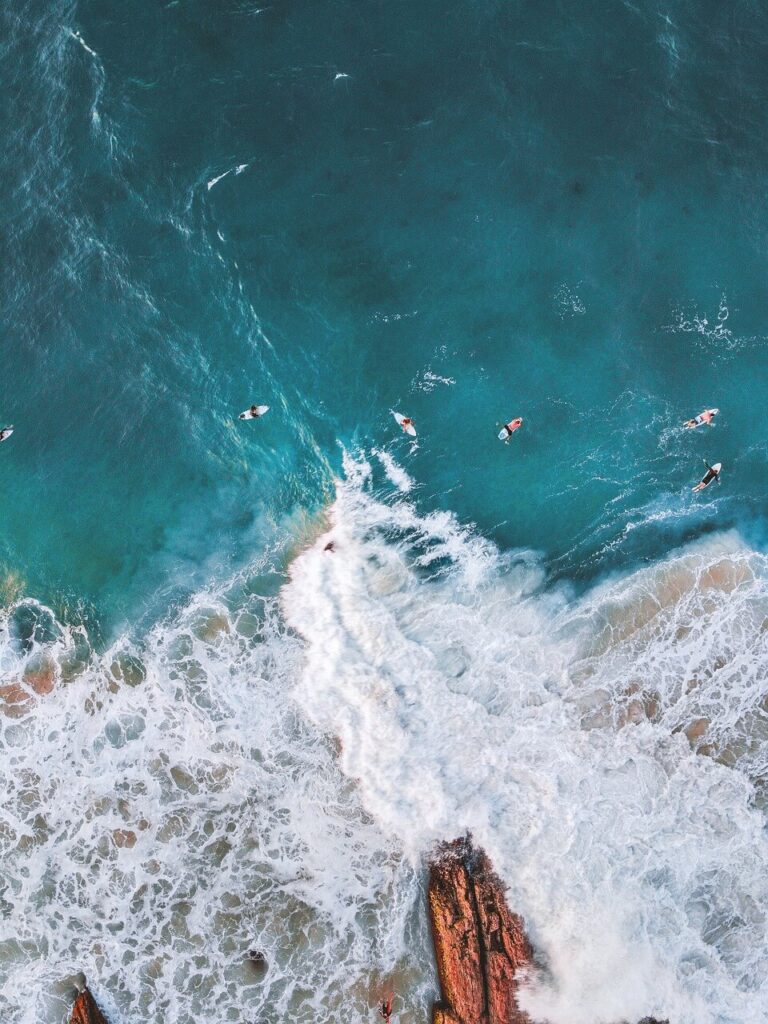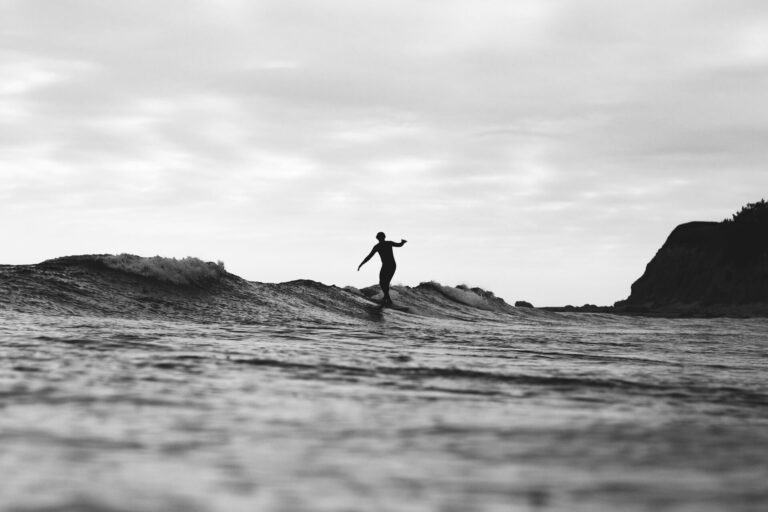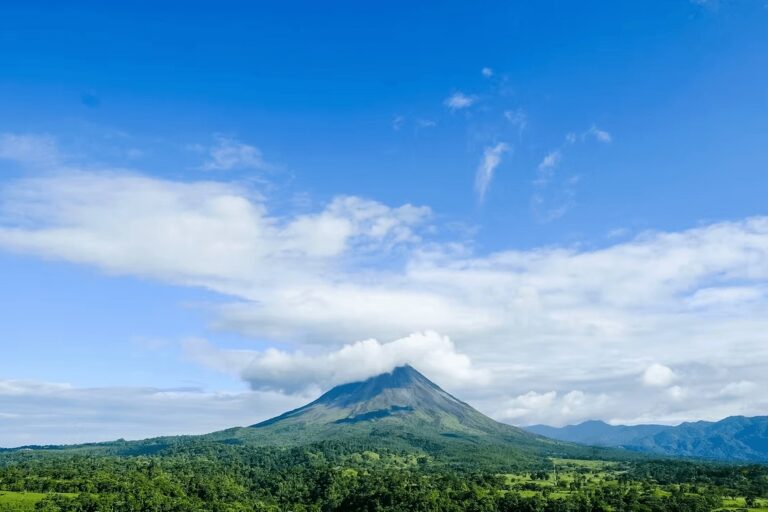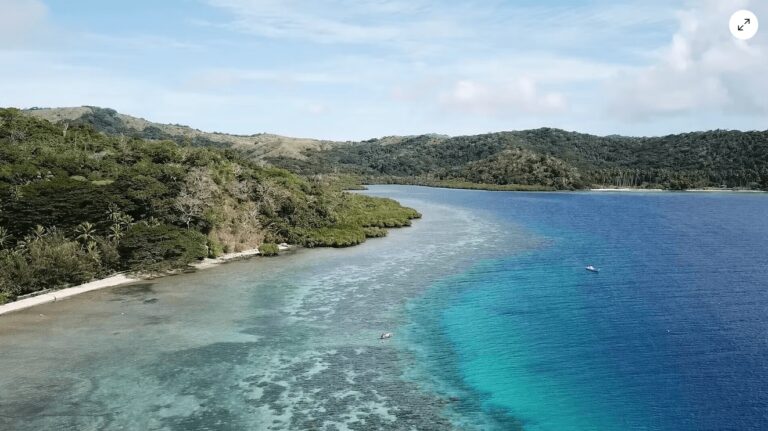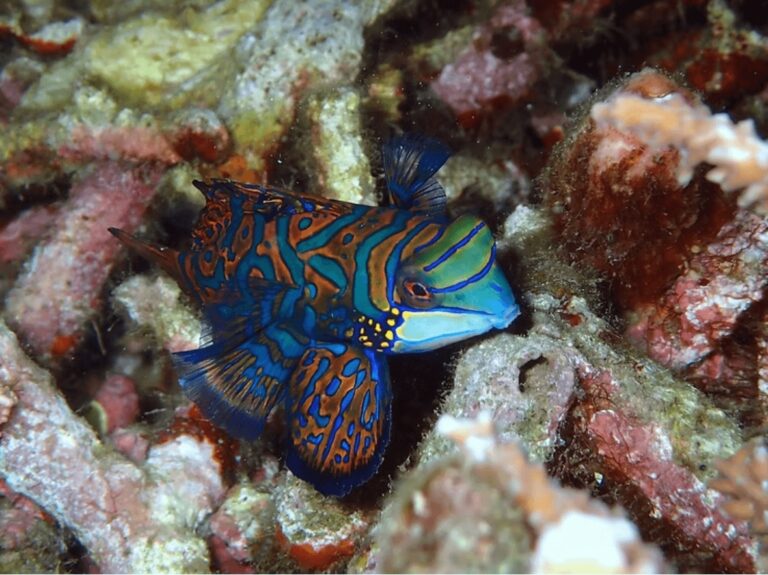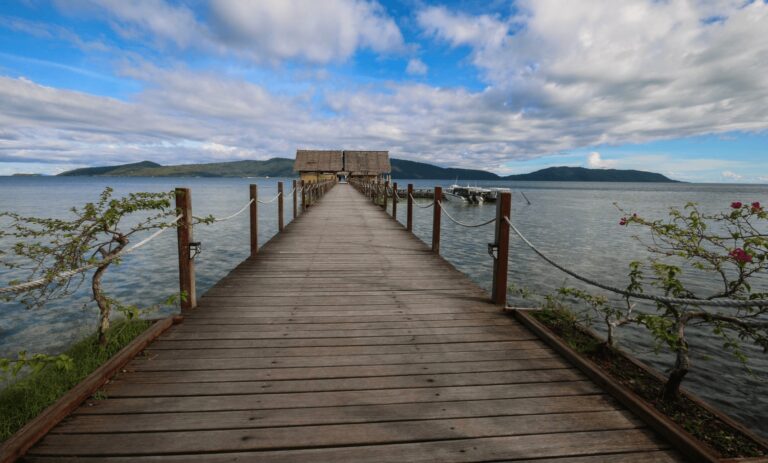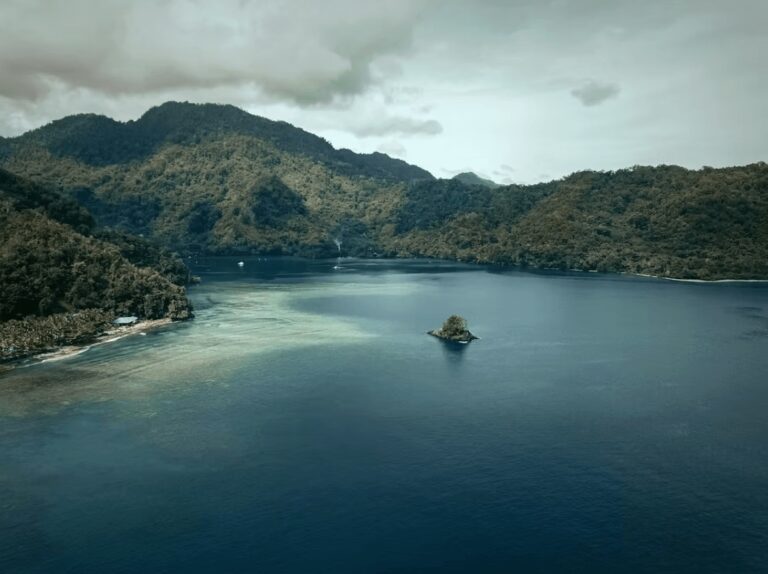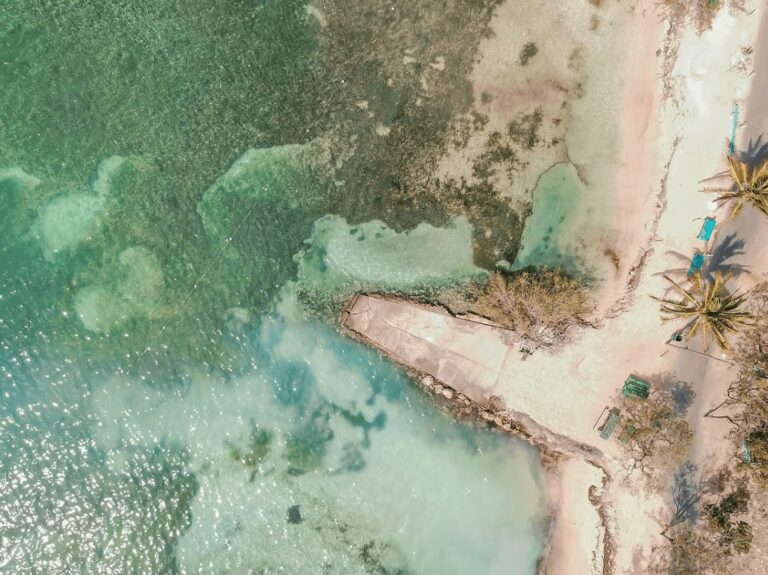Scuba diving Cocos Island in Costa Rica: Dive sites + liveaboards
Want to experience one of Costa Rica’s best dive destinations? Discover everything you need to know about scuba diving in Cocos Island, from the top dive sites to the logistics of a liveaboard trip.
Situated over 550 kilometres off the western coast of Costa Rica, Cocos has long captivated the hearts and imaginations of explorers.
This remote, volcanic island is shrouded in legend. Some believe it was the inspiration behind Robert Louis Stevenson’s classic adventure tale “Treasure Island”.
Jacques Cousteau dubbed it “the most beautiful island in the world” and based on our experience, we’d have to agree. Blanketed in dense rainforest, it’s a world unto itself and an incredible dive destination for experienced scuba enthusiasts.
Isolated in the middle of the Pacific Ocean, Cocos Island is the sole landmass within an immense underwater mountain range.
It’s often considered the Central American equivalent of the Galapagos Islands. Here, powerful oceanic currents converging to create a thriving marine ecosystem teeming with an abundance of pelagic species.
Schools of hammerheads, whale sharks and manta rays all congregate here, shielded from the impacts of overfishing and pollution that plague many coastal regions.
Designated as both a UNESCO World Heritage Site and a Costa Rican National Park, Cocos Island is a natural paradise. It’s home to endemic birds and is surrounded by dramatic underwater pinnacles, seamounts and boulders.
Accessible only by liveaboard vessels from the port city of Puntarenas, it’s a diving frontier that’s reserved exclusively for experienced divers.
While the journey to get there isn’t always easy, exploring the “Little Galapagos” of Costa Rica is (in our opinion) more than worth the rewards.
In this article, we’ll explain everything you need to know about diving in Cocos Island National Park, from what you can expect to see and the best dive sites to the logistics of a liveaboard trip in Costa Rica.
Want to discover all of the best dive destinations in Costa Rica? Check out our detailed scuba guide here.
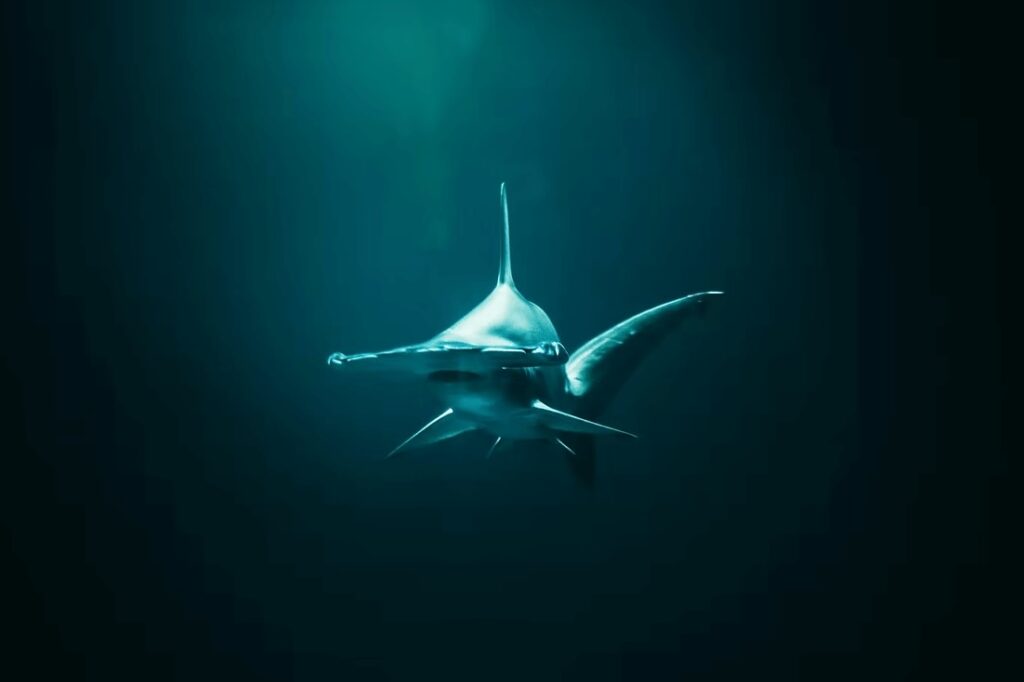
This article contains affiliate links, which means when you make a purchase through that link, we earn a small commission. Affiliate links come at no cost to you and ensure our content remains free!
What can you see scuba diving in Cocos Island National Park?
Cocos Island is a mecca for marine life, drawing in a staggering array of pelagic species. This is largely thanks to the powerful oceanic currents that converge upon its shores.
Around 20 distinct dive sites have been documented around the island, each offering a unique underwater landscape to explore. You can expect everything from sheer but shallow walls and plunging pinnacles to dramatic drift and blue water dives.
Cocos Island hosts some of the world’s largest congregations of scalloped hammerhead sharks. They sometimes gather in schools numbering in the hundreds around sites like Alcyone.
Divers can observe these incredible sharks cruising the shallow waters, often being cleaned by schools of king angelfish and butterflyfish.
Additionally, there are regular sightings of tiger, silky, guitar and Galapagos sharks, as well as the more common whitetips, blacktips and silvertips. Whale sharks also visit these waters during the rainy season (June to November).
Beyond the sharks, divers can also expect to see large schools of tuna and wahoo, as well as eagle rays, mobulas and manta rays (June to November). Bottlenose dolphins and sea lions often join in the fun, while hawksbill, green and olive ridley turtles drift gracefully through the blue.
It’s also the only place in the world where you can see rosy-lipped batfish, named after their unusually bright red lips.
With the longest humpback whale migration season in the region (lasting from August through April), there is something to experience year-round diving in Cocos Island.
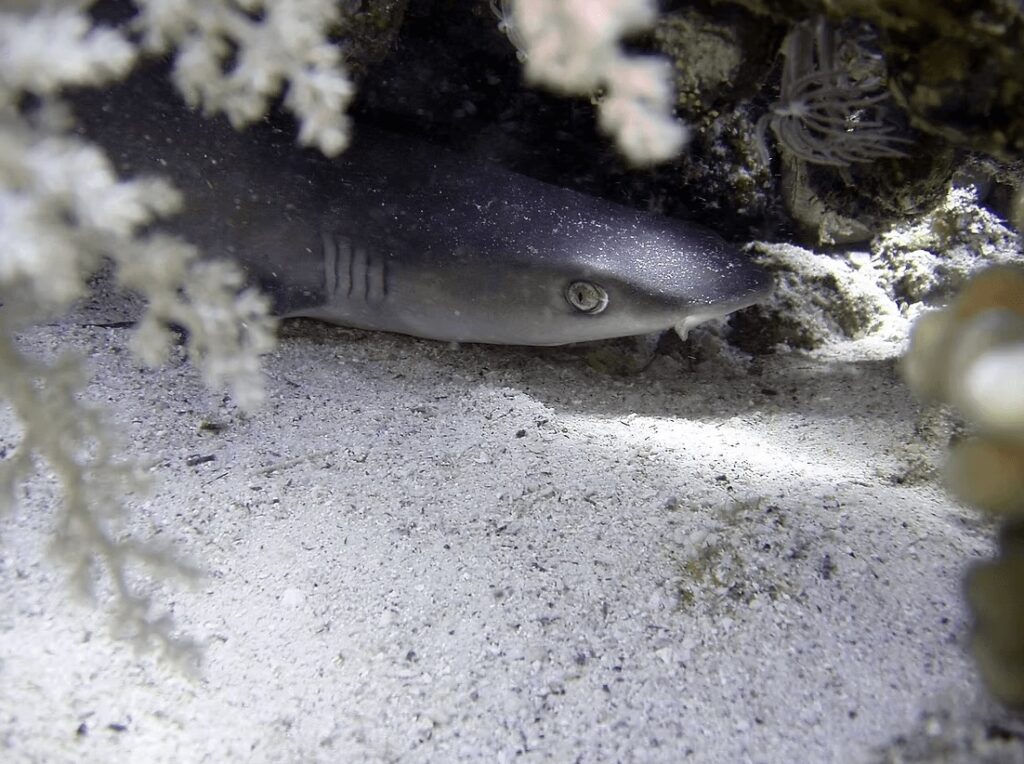
Best dive sites in Cocos Island, Costa Rica
Chatham
Popular as a “check dive” site, this wonderful macro spot features a sandy bottom peppered with hard coral. It provides a habitat for a variety of colourful fish, as well as lobsters, hermit crabs and eels.
Manuelita Channel
While the currents here can be strong, the opportunity to spot tiger sharks makes it well worth the adventure. Definitely one of the best dive sites around Cocos Island.
Manuelita Outside
With everything from Galapagos sharks to manta rays regularly spotted here, this sandy-bottomed site features three distinct cleaning stations.
Manuelita Coral Garden
Protected from currents and swells, this easy dive is a fantastic spot to seek out frogfish. It’s also frequented by whitetip reef sharks.
Alcyone
Considered one of the best places in the world to dive with schooling hammerheads, this seamount also attracts mantas, sea turtles and dolphins.
Small Dos Amigos
With a cleaning station at between 24 and 27 metres in depth, this popular Cocos Island dive site is a great spot to watch hammerheads. Galapagos, blacktip and whitetip sharks are also sometimes seen here.
Manta Corner
Only accessible a few months of the year, this manta hotspot also attracts marble and eagle rays, Galapagos sharks and hammerheads.
Isla Muela
The sandy-bottomed dive site is notable for its beautiful red algae. It provides a habitat for everything from garden eels and mantis shrimp to snapper and triggerfish.
Submerged Rock
Famed for its swim-through, this exciting dive site is often populated by schools of snapper, surgeonfish and jacks, as well as mating marble rays and newborn whitetips.
Ulloa and Lobster Rock
These two landmarks are often explored on a single dive, starting at one and ending at the other. It’s a great place to see whitetips being cleaned by gobies and nesting triggerfish, as well as the endemic rosy-lipped batfish.

How to get to Cocos Island from Costa Rica
If you want to go scuba diving in Cocos Island, the only way to reach the archipelago is on a liveaboard vessel. These depart from the port city of Puntarenas on the Gulf of Nicoya, along Costa Rica’s west coast.
The journey begins with a two-hour bus transfer from San Jose, the capital and largest city of Costa Rica and home to the main international airport.
From Puntarenas, it takes between 36 and 40 hours to reach Cocos Island, with most liveaboard trips spanning 8 to 10 days.
The open-ocean crossing can be rough at times, particularly during the wet season when you can expect choppier conditions. If you’re on a liveaboard dive trip to Cocos Island between June and November, it’s recommended you pack seasickness medication.
No matter when you travel, be sure to bring a good book to pass the time during the long crossing.
Looking for liveaboard inspiration? Discover 8 eco-friendly liveaboards around the globe.
Best time to dive in Cocos Island, Costa Rica
Situated directly on the equator, Cocos Island lies at the meeting point of several major weather systems that can make the conditions unpredictable.
It generally experiences a hot and humid climate. Temperatures range from the mid to high 20s Celsius (mid-70s to mid-80s Fahrenheit) throughout the year.
Rainfall is a year-round occurrence, though the intensity and frequency do fluctuate with the seasons.
The ocean waters maintain a fairly stable temperature, generally fluctuating between 24-30°C (75-86°F) with minimal seasonal variation. However, you should be prepared for pockets of surprisingly cold water, known as thermoclines, which can appear unexpectedly.
We recommend you bring a 5mm wetsuit, hoodie, booties and gloves to contend with the variable conditions.
The wet season (June through November) is defined by the prevalence of southerly winds. These limit diving access to the island’s eastern and southwestern coastlines.
During this period, water temperatures drop to the lower end of the annual range and increased plankton blooms reduce underwater visibility to between 10-25 metres.
It’s this nutrient-rich environment that draws in an abundance of marine life. This includes the island’s famous hammerhead shark aggregations, as well as whale sharks and manta rays taking advantage of the seasonal upwells.
That being said, the wet season also brings more turbulent surface conditions. This makes the long open-ocean crossing to the island less comfortable for divers.
In contrast, the dry season (December to May) ushers in calmer seas and warmer waters, with temperatures often reaching the high 20s Celsius.
While the diversity and sheer numbers of pelagic species may not be as pronounced as during the wet season, most can still be reliably spotted. The increased underwater visibility also makes them easier to observe.
Importantly, the milder dry season weather allows for greater accessibility to the island’s various dive sites. This is the best time for scuba diving in Cocos Island if you want a wider range of exploration opportunities.

What to expect on a liveaboard dive trip to Cocos Island, Costa Rica
Scuba diving in Cocos Island is a thrilling experience. But it’s not like your traditional dive vacation in a tropical paradise.
Due to the challenging conditions, Cocos Island is only suitable for experienced divers. Most liveaboards want you to have at least an Advanced Open Water certification with 50 logged dives and be comfortable in strong currents.
Generally speaking, liveaboard trips to Cocos Island offer three dives per day. These range from current-swept drift dives in channels to gentle floats atop coral reefs.
Dive sites are selected based on daily conditions and strength of currents. Generally speaking, it’s possible to access a greater number of dive sites during the dry season months.
When staking out hammerheads, it’s common practice to hide behind the boulders that litter the seafloor and wait for these notoriously skittish sharks to emerge. Alternatively, you may fin out to the deep blue where monitoring your depth profile is essential.

Best liveaboards for diving Cocos Island
Argo
With nine spacious cabins that can accommodate up to 18 divers, this Coco Island liveaboard offers outstanding onboard facilities. It’s well set up for underwater photographers and videographers, and is equipped for remote operating vehicle deployment.
Sea Hunter
Perfectly combining luxury and utility, this 36-metre vessel can accommodate up to 20 divers in its 10 cabins. It can facilitate technical diving and has plenty of space to lounge around on the long crossing, as well as a sundeck for relaxing in between dives.
Okeanos Aggressor II
This 36-metre Cocos liveaboard yacht offers comfortable accommodations for up to 22 guests in its 12 staterooms. It also boasts a spacious salon and a sun deck with loungers. The Okeanos Aggressor II provides ample storage for diving equipment and accesses all of the best dive sites in Cocos Island.
Cocos Island Aggressor
This newly built yacht can accommodate up to 22 guests in its 11 staterooms. Each comes with an ensuite bathroom, air-conditioning and a media player. Aside from offering thrilling dives around Cocos Island, it hosts evening entertainment that includes fish ID presentations, games and movie nights.
FAQs about diving in the Cocos Islands, Costa Rica
How do I get to Cocos Island from Costa Rica?
The only way to reach Cocos Island is onboard a liveaboard vessel. These set sail from Puntarenas, a port city on Costa Rica’s western coast.
After a two-hour drive from the international airport in San Jose, the ocean crossing to Cocos Island takes approximately 36 to 40 hours. Most Cocos Island liveaboard trips are between 8 and 10 days in duration, giving you between 5 and 7 days of diving.
How long is the boat ride to Cocos Island, Costa Rica?
The boat ride to Cocos Island from Puntarenas is anywhere from 36 to 40 hours, depending on the sea conditions.
It’s recommended that you bring a book to pass the time during the journey, as well as seasickness medication. This is particularly important if you’re visiting during the rainy season when the sea conditions are choppier.
What is the best season to dive Cocos Island?
While Cocos Island experiences a hot and humid climate, it is defined by two distinct seasons. The wet season spans from June through November and the dry season runs from December to May.
The wet season is characterised by the prevalence of southerly winds, which limit diving access to the island’s eastern and southwestern coastlines. During this period, water temperatures drop to the lower end of the annual range. Increased plankton blooms reduce underwater visibility to between 10 and 25 metres.
This nutrient-rich environment draws in an abundance of marine life, including hammerheads, whale sharks and manta rays. All come to take advantage of the seasonal upwells.
In contrast, the dry season ushers in calmer seas and warmer waters, with temperatures often reaching the high 20s Celsius. While the diversity and sheer numbers of pelagic species may not be as pronounced as during the wet season, most can still be reliably spotted. Additionally, the increased underwater visibility makes them easier to observe.
Importantly, the milder dry season weather also allows for greater accessibility to the island’s various dive sites. This provides divers with a wider range of exploration opportunities.
Why do so many sharks visit the waters around Cocos Island?
Cocos Island is renowned for its incredible marine biodiversity, drawing in hordes of sharks from far and wide. The island’s unique geographical positioning and oceanographic conditions create the perfect environment for these predators to thrive.
The powerful ocean currents that sweep through the region bring nutrient-rich waters that sustain an abundance of marine life. This creates a feast for the sharks, who congregate around the island to take advantage of the bountiful feeding opportunities.
During certain times of the year, the waters around Cocos experience a phenomenon known as “upwelling”. This is where cold, nutrient-dense water from the ocean depths is brought to the surface. This sparks plankton blooms, which form the foundation of the marine food chain.
The reduced underwater visibility caused by these plankton blooms creates the ideal hunting conditions for the sharks, allowing them to easily ambush their prey. Hammerhead sharks in particular are known to form massive schools as they gather to feed and mate.
Whale sharks and manta rays also take advantage of the seasonal upwelling, filter-feeding on the abundant plankton. As a result, scuba diving in Cocos Island is ideal for those seeking big pelagic encounters.
How many logged dives do you need for Cocos Island, Costa Rica?
Scuba diving Cocos Island is best suited for experienced divers due of its sometimes challenging conditions, including strong currents. Most liveaboards require you to hold at least an Advanced Open Water certification. They want divers to have completed 50 logged dives and be at ease in powerful currents.
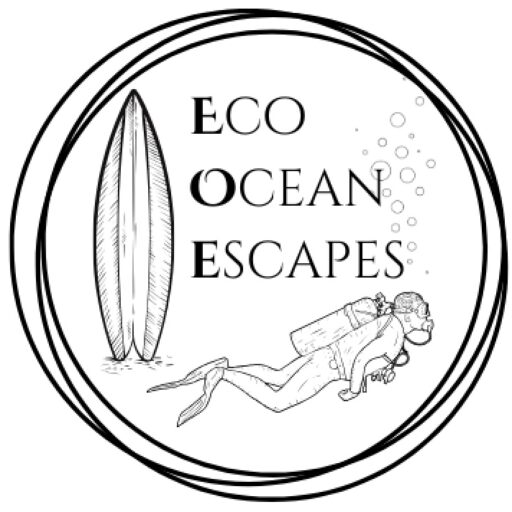
PLAN YOUR TRIP WITH OUR FAVOURITE RESOURCES:
Find hotels and resorts via Booking or Agoda
Book tours and experiences via Viator or GetYourGuide
Find a rental car via Discover Cars
Book flights via Kiwi or Booking
Search for buses and trains via 12Go or Omio
Get travel insurance via SafetyWing
Buy a digital eSIM with Airalo
By purchasing through our links, you’ll be supporting our website at no additional cost to you
About the authors
We are a team of passionate divers and surfers with decades of combined experience in the water and travelling to all corners of the globe. After years of chasing waves and descending into the deep blue, we’ve created this resource to highlight sustainably run surf camps, eco-friendly dive resorts and conservation-focused ocean trips to help inspire your next adventure.
Eco Ocean Escapes was born out of a love of the ocean, an obsession with travel and a concern about the impacts of our adventures on the environments we explore. Despite the benefits that surf and dive tourism can bring to local communities, we recognised that ocean-based adventures are not always managed in a sustainable manner.
Through our articles, we hope to inspire those seeking a responsible surf or dive trip that is all about supporting local communities, preserving our coastal environments and the incredible marine species that inhabit our oceans.
-
Sustainable Surf Tourism and Respecting Local Communities
Surf tourism has exploded over the last two decades. With travel becoming more accessible and social media exposing hidden spots, once-remote breaks in Indonesia, Central America, Morocco and the Pacific Islands are now iconic stops on global surf circuits. While surf travel brings income, jobs and global attention to coastal towns, it can also disrupt…
-
Inspiring Citizen Science Projects for Surfers + How to Get Involved
As surfers, we are intimately connected to the ocean – its rhythms, its wildlife and its health. Because of this relationship, many of us are looking for meaningful ways to protect the marine environments we love. One of the simplest and most impactful ways we can do this is by joining citizen science projects. These…
-
Understanding Marine Protected Areas (MPAs): Why divers should care
If you’ve spent time underwater (as a diver or snorkeller), you’ve probably noticed something: not all sites are beacons of health. Some reefs appear vibrant and full of life, while others show signs of stress – broken coral, few fish or algae-covered rocks. One of the biggest factors shaping the health of our oceans is…
-
Costa Rica: Best Marine Parks for Scuba Divers + Eco Dive Resorts
Costa Rica is a paradise for eco-conscious travellers and underwater explorers are no exception. With its healthy coral reefs, pelagic-rich waters and some of the most progressive environmental policies in the world, the country is a dream destination for those who want to dive responsibly. We’ve been lucky enough to visit Costa Rica several times…
-
Eco-Diving: Best Destinations for Sustainable Scuba Travel
As humans inspired by the underwater world, there is plenty of incentive to protect our coral reefs. Here at EcoOceanEscapes, we want to do our bit to save endangered marine species and keep our oceans free of trash. One impactful action we can all take is to choose sustainable diving destinations. These are nations (or…
-
Eco-Friendly Diving: How to Be a Sustainable Scuba Advocate
Understand the environmental impacts of diving and sustainable scuba practices in this comprehensive guide to eco-friendly diving. Any diver will tell you that being underwater is an incredible experience. It’s a world that not everyone has the opportunity to explore and the encounters we have with marine creatures can be life-changing. Watching manta rays soar…

We are a team of passionate divers and surfers with decades of combined experience in the water and travelling to all corners of the globe.
After years of chasing waves and descending into the deep blue, we’ve created this resource to highlight sustainable surf camps, eco-dive resorts and conservation-focused ocean trips to help inspire your next adventure.
Eco Ocean Escapes was born out of a love of the ocean, an obsession with travel and a concern about the impacts of our adventures on the environments we explore.

